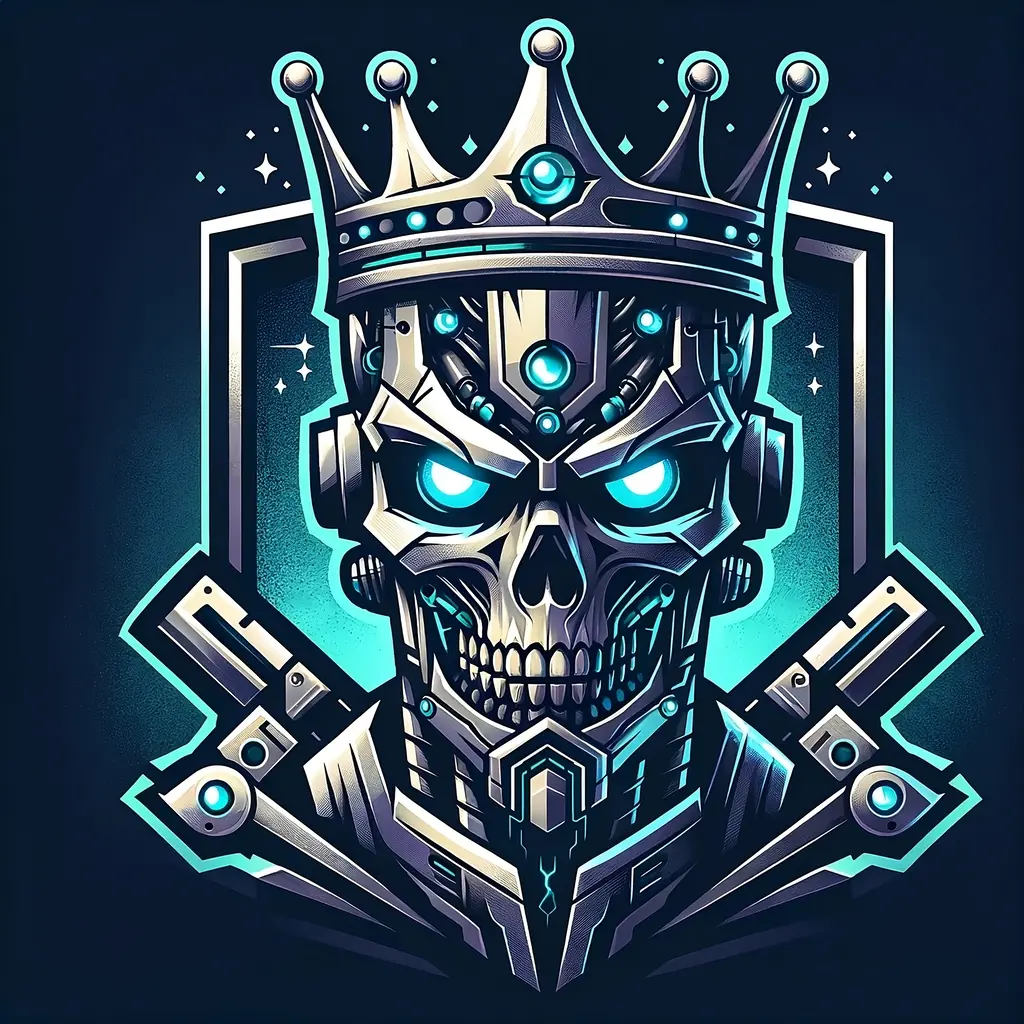Quake Live: From Modest Beginnings to Lasting Legacy
Quake Live, initially known as “Quake Zero,” began its journey as an ambitious project by id Software to bring the beloved Quake 3 Arena to the masses through a web browser. Launched officially in 2010, this free-to-play adaptation not only aimed to rekindle the flames of the classic shooter but also sought to make it accessible to a broader audience. This blog post explores Quake Live’s evolution, its impact on the gaming and e-sports communities, and its enduring presence.
Launch and Initial Reception
Quake Live was revolutionary, built directly from the revered Quake 3 Arena’s code but modified to run within any web browser using a plug-in. This approach lowered the barriers to entry significantly, allowing players with even modest hardware to jump into the fray. The game featured the same fast-paced, skill-based gameplay, beloved map pool, and modes that had defined its predecessor, coupled with the convenience of click-and-play.
The initial reception was overwhelmingly positive. Veteran players appreciated the nostalgic return to the mechanics and dynamics of Quake 3, while newcomers found Quake Live to be an accessible entry point into the competitive shooter scene. The game also incorporated matchmaking, an addition that streamlined the process of finding balanced matches, a feature modern gamers expect.
E-Sports Flourishment
Following in the footsteps of Quake 3, Quake Live quickly established itself in the e-sports arena. It became a staple at major e-sports events like QuakeCon, DreamHack, and the Intel Extreme Masters. The game was particularly praised for maintaining the integrity of skill-based competitive play, with no pay-to-win mechanics, which was a refreshing stance in an era increasingly dominated by microtransactions.
Quake Live’s peak e-sports moments were characterized by intense matches among top players such as Shane “rapha” Hendrixson, Alexey “Cypher” Yanushevsky, and Tim “DaHanG” Fogarty. These players, among others, drove the game’s competitive spirit and showcased high levels of mastery that kept audiences captivated.
Transition and Challenges
In 2015, Quake Live took a significant turn. The game transitioned from a browser-based platform to a standalone client on Steam, and it was no longer free-to-play. This shift was met with mixed reactions. While the standalone client offered improved performance and stability, the introduction of a price tag, although modest, changed its free-to-play allure and accessibility.
This period also saw a gradual decline in the player base. The rise of modern shooters with more contemporary graphics and gameplay mechanics, such as Overwatch and later Fortnite, presented stiff competition. Additionally, the community felt fragmented between different iterations of Quake and other id Software offerings like the 2016 reboot of DOOM.
Present Day and Legacy
Today, Quake Live maintains a dedicated but smaller community. It stands as a testament to the timeless appeal of the Quake series’ core gameplay. Regular updates have ceased, but the game is still functional and enjoyed by a core group of enthusiasts who organize tournaments and events, keeping the competitive spirit alive.
Quake Live’s legacy is significant—it demonstrated the potential for classic games to find new life in modern formats and confirmed that competitive integrity could coexist with accessibility. It remains a beloved chapter in the history of online shooters, particularly for those who cherish the purity of skill-based competitive gaming.
In sum, Quake Live serves as both a historical milestone in gaming and a bridge between the classic and the contemporary. Its story is a rich narrative of adaptation, community, and the enduring appeal of a game that refuses to fade into obscurity.
